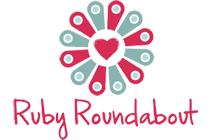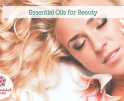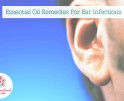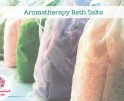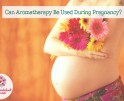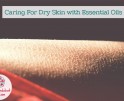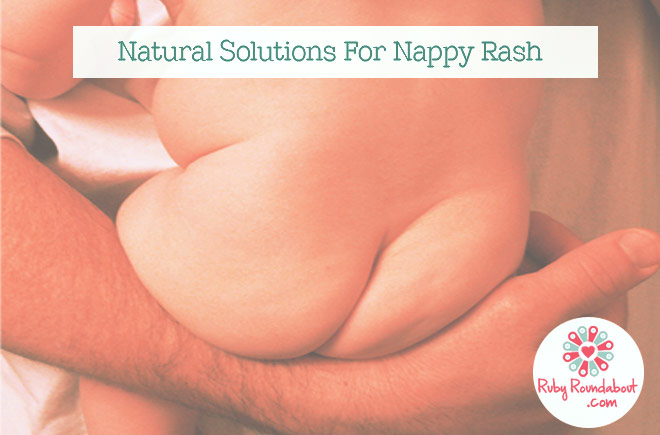
Natural Solutions For Nappy Rash
Sadly it doesn’t matter whether you’re seasoned parents or newbies, nappy or diaper rash is bound to affect your little one at some point. Basically it’s a type of dermatitis or inflammation of the skin most commonly caused by moisture and bacteria trapped in your baby’s nappy. Other potential factors can include friction, hot, humid weather and improperly laundered cloth nappies. If your baby has very sensitive skin a change in your brand of nappy or bottom wipe could be all that’s needed to trigger the rash.

Nappy rash affects the area of skin in contact with the nappy, however left untreated it can spread. It can also lead to other more serious conditions such as thrush or candida and in some cases an even more severe bacterial infection can result. Keep an eye out for pink or red patches of skin wherever the nappy has had contact, dry raised bumps that look like pimples, dry or peeling areas of skin and fluid-filled pustules. The area may also feel hot and your wee one may cry when it’s touched. As always treatment at the first sign is the best course of action!
The most important step to take is to ensure you give your baby as much nappy-free time as possible. This will allow their delicate skin to breathe, which will assist in healing. Make sure to keep the sensitive area as clean and as dry as possible. Avoid using baby wipes that contain alcohol or artificial fragrances as they can burn and irritate the skin further. When you do put your baby in a nappy, change it as soon as it’s been soiled. A warm bath with 2-Tablespoons of baking soda can be extremely soothing for your little bairn’s bottom! It has amazing anti-inflammatory properties, which help to heal and combat the burning, acidity associated with nappy rash. Ensure the water is warm, not hot and never leave your babe unattended.

Essential oils offer a wonderful solution to the problem of nappy rash, especially if it’s keeping your baby from sleeping. Once again fill your little one’s bath with warm water and add 1-drop lavender and 1-drop roman chamomile essential oil in 2-Tablespoons of full fat or semi-skimmed milk. These essential oils are calming, soothing and relaxing as well as being anti-inflammatory, anti-bacterial, anti-septic and cell regenerators. As a preventative measure you may want to consider adding these essential oils once a week to your baby’s bath. Always use milk, as oil can make your baby slippery, which can be dangerous in the bath.
Many health food shops sell fragrance-free cream, which you can use as a base for adding essential oils. A really nourishing cream for irritated and chapped skin is 1-drop each of lavender, roman chamomile and calendula in 60g of base cream. The cooling sensation of the cream will be most welcome to a sore, hot bottom! Always remember that babies and young children are much more susceptible to the powerful effects of Aromatherapy, so less is definitely more!
If you find that your child’s skin is slow to heal you can substitute one of the oils with 1-drop of either benzoin or myrrh. The anti-fungal, anti-inflammatory and wound healing properties of myrrh make it very beneficial in treating weepy, skin irritations that are cracked and slow healing. Benzoin is ideal for chapped and cracked skin and children may respond well to its sweet vanilla aroma, especially when combined with lavender.

There are plenty of other natural ways to help with nappy rash, including 2-Tablespoons of oatmeal in a warm bath to soothe itchy, sore, irritated skin. Breast milks can also be used as it fights infection and comforts angry skin. Wash your baby’s bottom and gently pat dry before adding a thin layer of breast milk to the area and allowing it to dry. There are many ways to naturally look after your baby and help them, and you, though the discomfort of nappy rash. Of course if the symptoms persist or worsen, always go and see your GP.
Recommended
-
Essential Oils for BeautyJune 26th, 2015
-
Essential Oil Remedies For Ear InfectionsJune 1st, 2015
-
Aromatherapy Bath SaltsDecember 3rd, 2014
-
Can Aromatherapy Be Used During Pregnancy?November 26th, 2014
-
Caring For Dry Skin with Essential OilsNovember 19th, 2014
